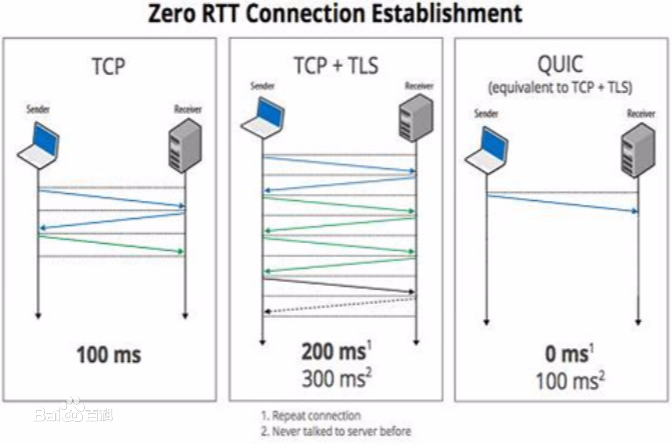Dual Connectivity (DC) is an important lower-layer feature accelerating the transition from 4G to 5G that also is expected to play an important role in standalone 5G radio networks. However, even though the packet reordering introduced by DC can significantly impact the performance of upper-layer protocols, no prior work has studied the impact of DC on QUIC. In this paper, we present the first such performance study. Using a series of throughput and fairness experiments, we show how QUIC is affected by different DC parameters, network conditions, and whether the DC implementation aims to improve throughput or reliability. Results for two QUIC implementations (aioquic, ngtcp2) and two congestion control algorithms (NewReno, CUBIC) are presented under both static and highly time-varying network conditions. Our findings provide network operators with insights and understanding into the impacts of splitting QUIC traffic in a DC environment. With reasonably selected DC parameters and increased UDP receive buffers, QUIC over DC performs similarly to TCP over DC and achieves optimal fairness under symmetric link conditions when DC is not used for packet duplication. The insights can help network operators provide modern users with better end-to-end service when deploying DC.
翻译:双重连接(DC)是一个重要的低层次特征,它加速了从4G到5G的过渡,预计这也将在独立5G无线电网络中发挥重要作用。然而,尽管DC引进的组合重新排序可以对上层协议的性能产生重大影响,但先前没有研究DC对QUIC的影响。我们在本文件中提出第一次这样的绩效研究。我们利用一系列吞吐量和公平性实验,展示QUIC如何受到不同的DC参数、网络条件以及DC的实施是否旨在改进吞吐量或可靠性。两个QUIC执行过程(aiquic, ngtcp2)和两个拥堵控制算法(NewReno, CUBIC)的结果是在静态和高度时间变化的网络条件下提出的。我们的调查结果为网络操作者提供了对在DC环境中分割 Quickec 交通流量的影响的深入了解和理解。在合理选择的DC参数和UDP增加的缓冲下,DC QIIC对DC的运行情况与DC的TCP相似,并在对现代用户进行最佳的公平性联系下,当没有使用DC的终端服务时,可以提供更好的数据重复。




